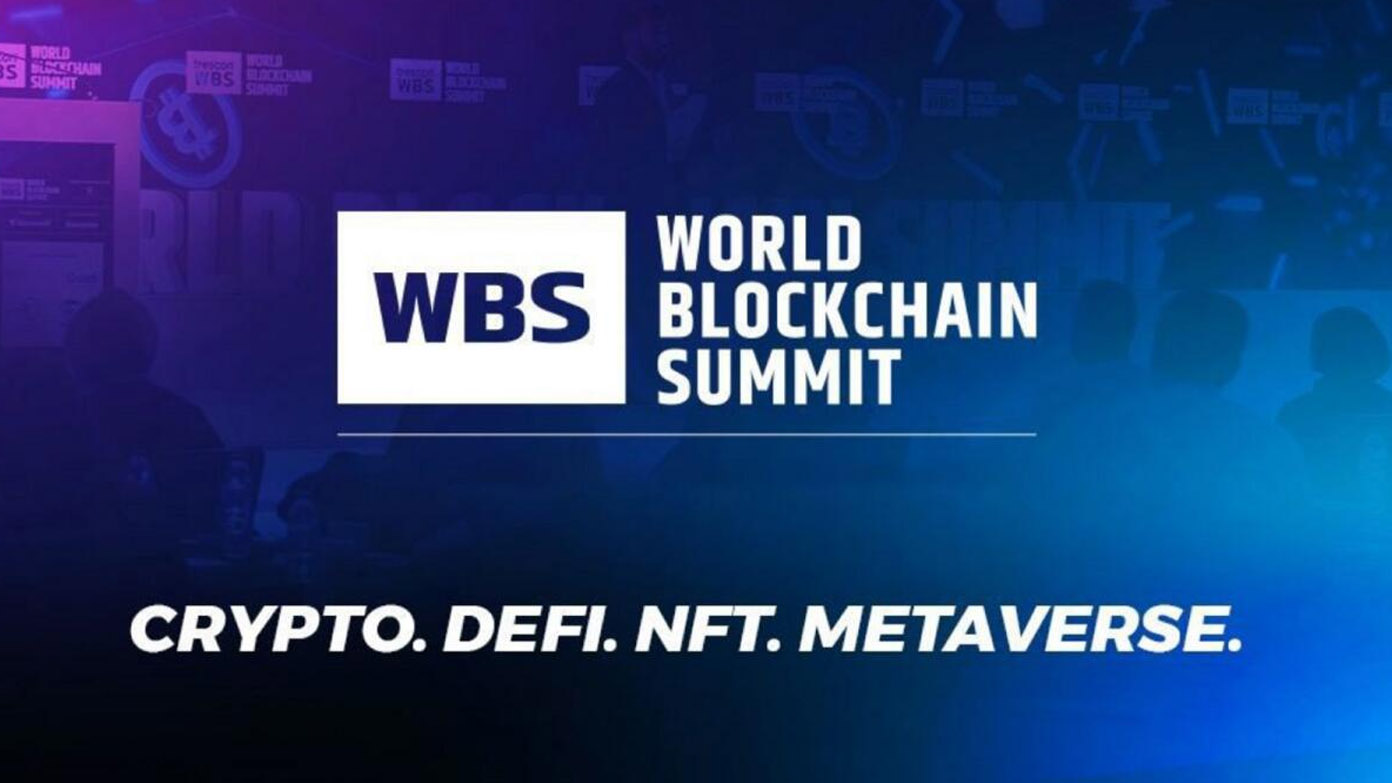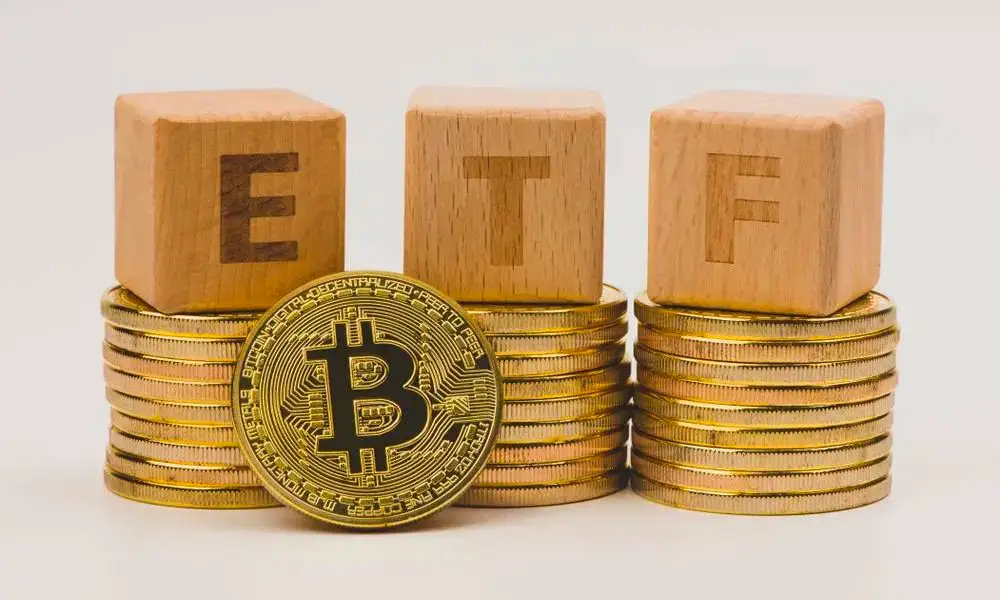Quick Answer
- Solana Pay is the next big thing in the crypto realm as it facilitates payments for crypto admirers, non-fungible tokens, and other applications in the web 3.
- Though Ethereum is one of the most reputed networks in the world, it has a lower throughput rate where only 12-15 transactions can be processed within a second.
- So entities who use Solana Pay may have the risk of missing their assets due to a hack/attack on the Solana mainnet.
The world is moving towards a digital economy, and so does the fintech industry. From paying cash and using debit/credit cards to UPI payments, the industry has revolutionized the payment modes, and made countries (like India) operate with the motive of evolving as Digital Empowered Society. Presently, the advent of blockchain technology and cryptocurrency has given the sector a new identity. Gradually, business models are on track to accept crypto assets for their products. One such eminent payment protocol is Solana Pay.
Solana Network – An Overview
Before dipping your toes into the Solana Pay, it is mandatory to know what Solana is. Solana is a special blockchain network that overcomes the scalability issues other networks face in the market. Though Ethereum is one of the most reputed networks in the world, it has a lower throughput rate where only 12-15 transactions can be processed within a second. This leads to higher gas fees comparatively.
Solana gets rid of this primary challenge by coming up with a Proof-of-History (PoH) consensus mechanism. Here, all the nodes run on the standardized clock to eradicate a validation factor and to speed up the network. This improvement of the mechanism enables the network to become highly scalable, thereby processing over 65,000 transactions per second. SOL is the native currency of the Solana network. Solana Labs has built Solana Pay to bestow this transaction power to the masses.
What is Solana Pay?
Solana Pay is the next big thing in the crypto realm as it facilitates payments for crypto admirers, non-fungible tokens, and other applications in the web 3.0 ecosystem. According to Shere, Circle, Checkout.com, Citcon, Phantom, FTX, and Slope have crucial roles in structuring the basement for the digital payment platform, Solana Pay.
Solana Pay enables entities and customers to gain access to immediate, feeless transactions using the powerful Solana blockchain network. Having a higher throughput rate of over 65,000 TPS (Transactions Per Second), the network offers a simple, straightforward, and easy-to-incorporate software development kit for organizations to integrate their required product.
SOL Pay – A Deep Dive
Solana Pay is often regarded as the Paypal or Visa of the web 3.0 ecosystem. It is most commonly described as the next generation of merchant payment and commerce rails. The developers who build decentralized applications on the Solana can easily incorporate Solana Pay for easy proceedings (payments) as simple as conventional retailers implementing Solana wallet. This accessibility is the first and foremost reason for comparing Solana Pay to Paypal or Visa. It can process crypto payments seamlessly worldwide, similar to what Paypal did for orthodox online businesses.
Perks of SOL Pay
- Even popular crypto-assets such as ETH, BTC, or BNB support payment systems. One of the significant advantages of SOL Pay over these payment systems is that it reduces transaction charges. It supports Solana-based assets such as USDC and provides a seamless crypto payment experience.
- It offers detailed reports to its users. The report will consist of the wallet destination, currency type, amount transacted, and other imperative text fields to clearly make the user understand the transaction.
- All the aforementioned details will be maintained confidentially from other networks, and it greatly ensures that both parties can transact without prying eyes.
- It is a platform in which all crypto assets are on-chain and utilized for an assorted range of real-time transactions.
Frequently Asked Questions
Q. Is there any demerit of using this SOL Pay?
Honestly speaking, there are very few disadvantages to SOL Pay. We know that it stands in the early phase of development. So entities who use Solana Pay may have the risk of missing their assets due to a hack/attack on the Solana mainnet. Also, we know Ethereum has a large user base and more decentralized applications than any other network. The successful launch of Ethereum 2.0 would be a real challenge to the Solana network as Ethereum 2.0 is a highly scalable framework.
Q. How does Solana Pay work for merchants?
Though Solana Pay sounds quite tedious, merchants can easily start with Solana Pay. The merchant must create a Solana wallet, which they can do on their own or through FTX exchange. Then, the merchant must incorporate the Solana Pay code into their landing page and encode their relevant payment request link into a QR code. That’s it; the customers can scan this QR code digitally on the website or in person when they visit the shop and will be able to pay through their SOL-supported wallet to avail of the merchant’s goods and services.
Q. What are the wallets that support Solana Pay?
Three wallets support Solana Pay. This includes Phantom, Crypto Please, and FTX. More wallets are on their way to support it.
Wrapping Up
The robust vision of the Solana network and its key difference from the other networks is the primary thing that brought success to the network. It has seized the attention of crypto audiences all across the globe and has a very good user base. Experts believe that Solana Pay will evolve into one of the first-class payment processing protocols in the world, considering if it can be updated in line with other massive changes that happen in the crypto markets.
You can also follow us for instant tech news at Google News or for tips and tricks, smartphones & gadgets reviews, join GadgetsToUse Telegram Group or for the latest review videos subscribe GadgetsToUse Youtube Channel.















